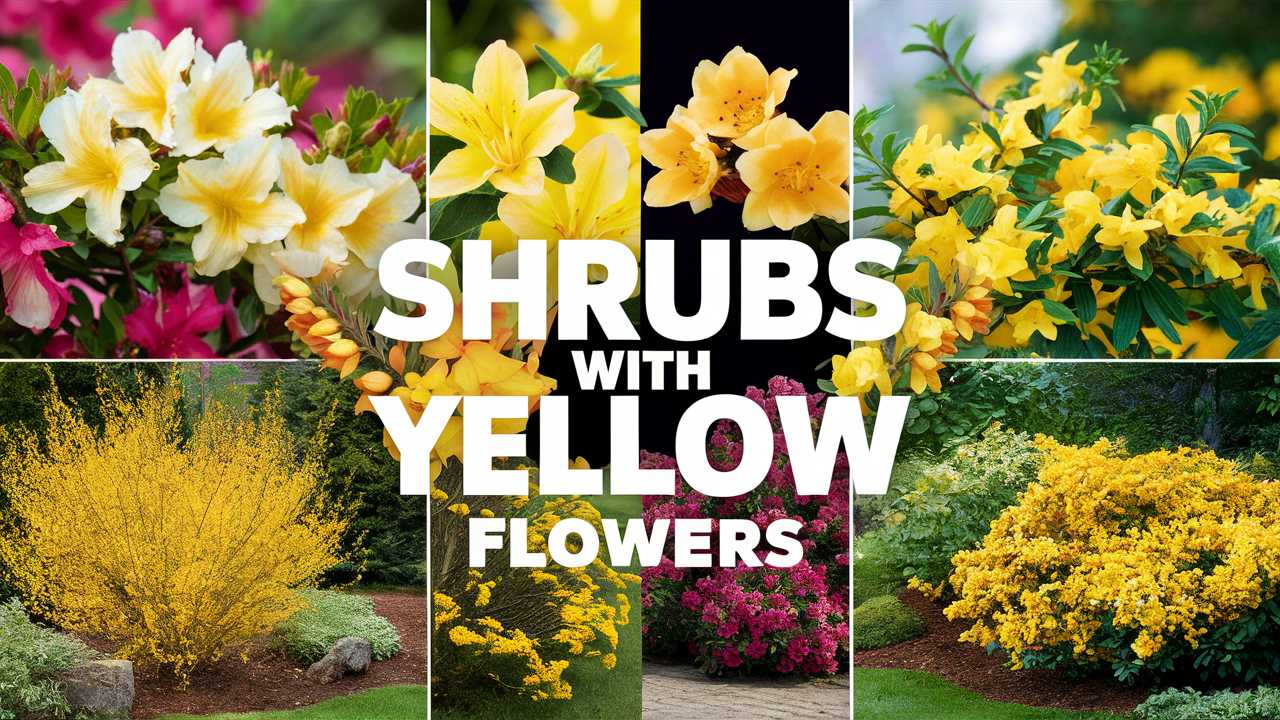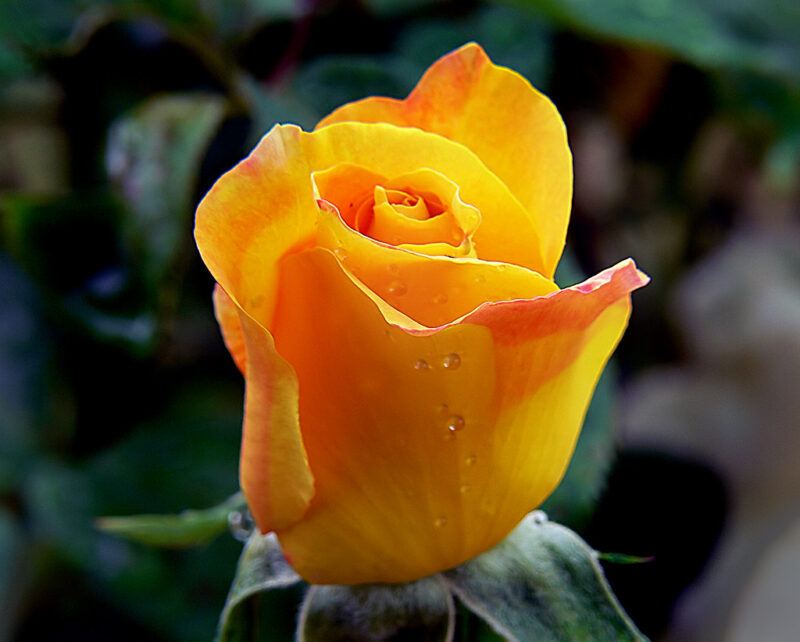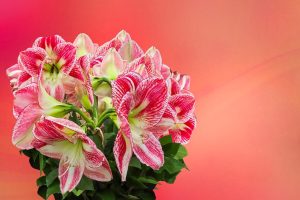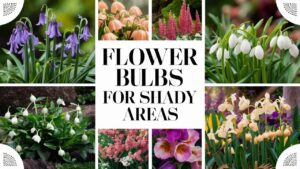From the classic elegance of Forsythia to the exotic allure of Golden Camellia, yellow flowering shrubs offer a stunning range of colors, shapes, and growth habits. This detailed guide will explore some of the most remarkable yellow flowering shrubs that can transform your garden into a golden paradise.
Forsythia
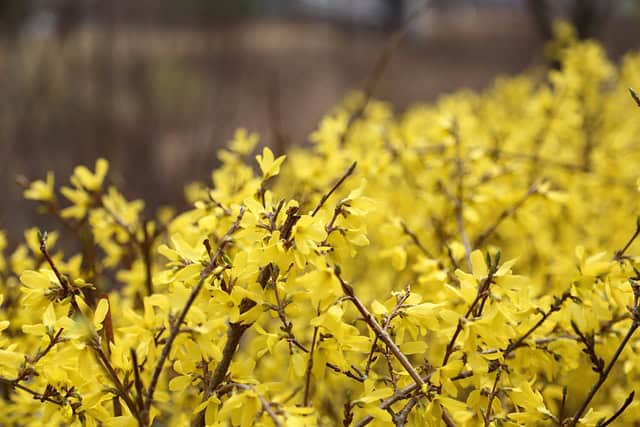
Forsythia is perhaps the most iconic of the yellow flowering shrubs. Known for its captivating golden blossoms that appear in early spring, Forsythia is often one of the first signs that warmer weather is on its way. With its arching branches and a dense, bushy form, Forsythia can grow up to 10 feet tall and as wide, making it an excellent choice for hedges or as standalone specimens.
The blooms of Forsythia are trumpet-shaped and adorn the shrub even before the leaves emerge, creating a striking contrast against the still-bare branches. The plant thrives in well-draining soil and can tolerate a variety of environmental conditions, making it suitable for different landscapes. To encourage the most abundant flowers, it’s advisable to prune the plant right after blooming.
In addition to its beauty, Forsythia is also beneficial for pollinators, drawing bees and butterflies to your garden. Its foliage turns a lovely green in summer and vibrant shades of yellow in the fall, providing year-round interest.
Witch Hazel
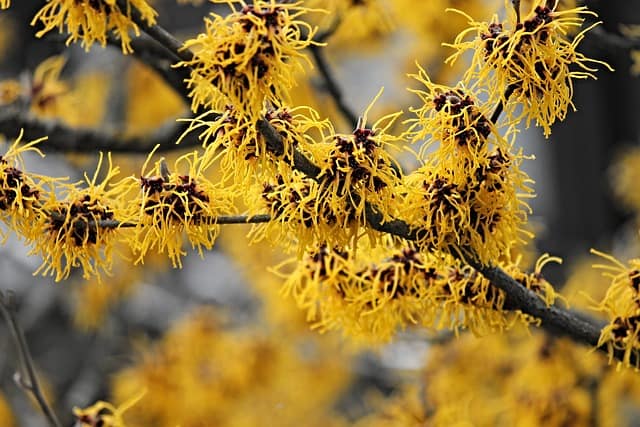
Witch Hazel, with its peculiar twisting branches and uniquely fragrant blossoms, is a shrub that adds incredible character to any garden. Emerging in late winter to early spring, the yellow flowers resemble small ribbons, providing a delightful contrast against the bare branches.
This attractive shrub can grow between 10 to 20 feet tall and has a natural tendency to create a loose, open structure, making it an ideal choice for woodland gardens or naturalized areas. Witch Hazel thrives in rich, well-drained soil and prefers partial shade, which enhances its flowering potential.
One of the fascinating aspects of Witch Hazel is its medicinal use. The bark and leaves can be used to make a natural astringent, which is valued in skincare for calming irritation and reducing inflammation. This dual purpose—ornamental beauty and functional use—makes Witch Hazel a smart addition to any gardener’s repertoire.
Gold Medal Rose
The Gold Medal Rose is a hybrid shrub rose renowned for its vibrant yellow blooms that are both exquisite and full of fragrance. This perennial shrub flourishes throughout the summer, providing continuous color and sweetness in your garden. The blossoms appear in the form of large, double flowers that are often accompanied by dark green, glossy foliage, making for a striking visual combination.
These roses typically grow to around 3 to 4 feet in height and width, creating a lush, dense presence in garden beds. Gold Medal Roses thrive in full sun and prefer rich, well-drained soil that is regularly amended with organic matter. Regular deadheading of spent blooms encourages new growth, allowing for consistent flowering throughout the summer.
Besides their ornamental qualities, Gold Medal Roses are also resilient against various diseases, making them a practical choice for gardeners seeking low-maintenance options without sacrificing beauty.
Japanese Rose (Kerria japonica)

The Japanese Rose, or Kerria japonica, is a delightful deciduous shrub that offers a burst of sunny yellow blooms. Flowering profusely in spring and sometimes again in fall, this shrub produces charming, pom-pom-like flowers that capture the essence of a whimsical garden.
Typically reaching heights of 3 to 8 feet, the Japanese Rose can be utilized as a clump-forming shrub or as a graceful border plant. It grows best in partially shaded areas but can still thrive in full sun and tolerates a variety of soil types, making it versatile for various garden settings.
Beyond its stunning flowers, the Japanese Rose is also admired for its bright green, arching stems and foliage that remain lush throughout the growing season. Its hardiness and beautiful form make it an alluring choice for gardeners looking to evoke a sense of calm and beauty in their outdoor spaces.
Mahonia
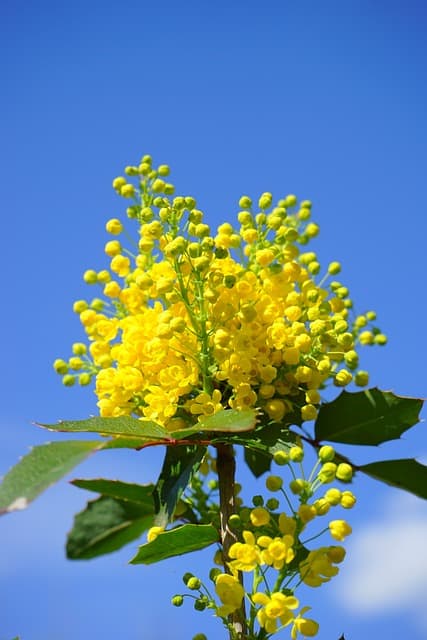
Mahonia, particularly Mahonia aquifolium, is a unique yellow flowering shrub that brings an exotic touch to gardens. Known for its spiky, holly-like leaves and clusters of bright yellow flowers, Mahonia is as striking as it is functional. Blooming in late winter to early spring, its fragrant blossoms attract early pollinators, providing essential food sources when few others are available.
Growing about 3 to 5 feet tall, Mahonia thrives in partial shade and adapts to a variety of soil types. Its leathery foliage changes colors throughout the seasons; the leaves present a rich green in summer that transitions to a stunning burgundy in winter. What’s more, Mahonia produces blue-purple berries in the fall that are not only visually appealing but also can be a food source for birds and wildlife.
As a perfect blend of ornamental and functional attributes, Mahonia stands as an excellent choice for those seeking to enhance biodiversity in their garden environment while enjoying its visual appeal.
St. John’s Wort
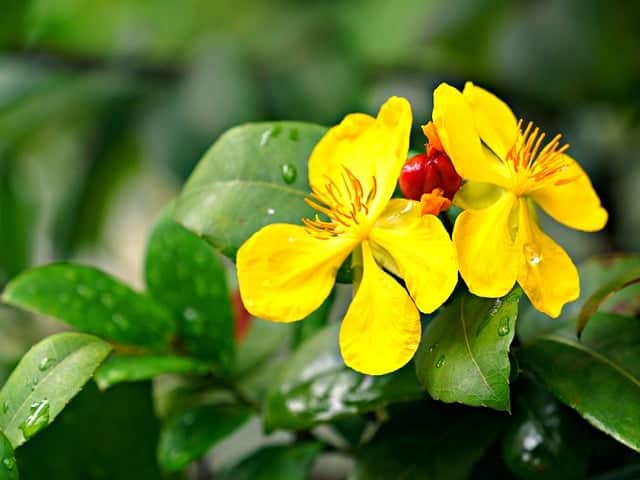
St. John’s Wort, or Hypericum perforatum, offers vibrant yellow flowers that brighten up any landscape from mid-summer to early fall. This perennial shrub typically grows between 1 to 3 feet in height – a perfect option for borders or as a ground cover. The flowers bloom in clusters, with each flower comprising five yellow petals that have prominent stamens, creating a starburst effect.
This hardy plant thrives in well-drained soil and can tolerate both sun and partial shade. St. John’s Wort is drought-tolerant once established, making it desirable for low-maintenance gardens. Its vibrant flowers, along with its blue-green foliage, provide an attractive contrast in the garden.
Additionally, St. John’s Wort has historical significance in herbal medicine, commonly used for its potential mood-enhancing properties. Its combination of beauty, resilience, and functionality makes it a popular choice among both novice and experienced gardeners.
Lydian Broom (Cytisus racemosus)
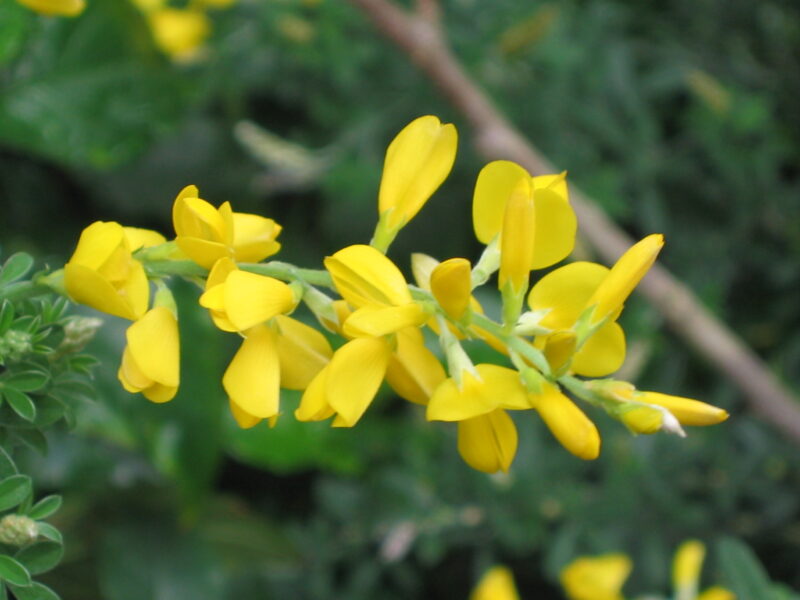
The Lydian Broom, or Cytisus racemosus, brings a unique charm to gardens with its bright yellow, pea-like flowers that bloom in late spring. This shrub typically grows to about 3 to 4 feet tall and can spread up to 6 feet wide, forming an attractive rounded shape that can serve as a vibrant focal point in the landscape.
Known for its drought resistance, Lydian Broom thrives in poor, sandy soils and prefers full sun to promote the most vibrant flowering. The fragrant blossoms attract a variety of pollinators, making it a great addition to a wildlife-friendly garden. Its evergreen-like foliage remains attractive year-round, maintaining interest even when not in bloom.
Due to its low-maintenance nature and eye-catching flowers, Lydian Broom offers a wonderful option for those who appreciate the beauty of a thriving garden without the associated upkeep. Its ability to thrive in challenging conditions makes it a resilient choice for various landscape styles.
Bush Cinquefoil
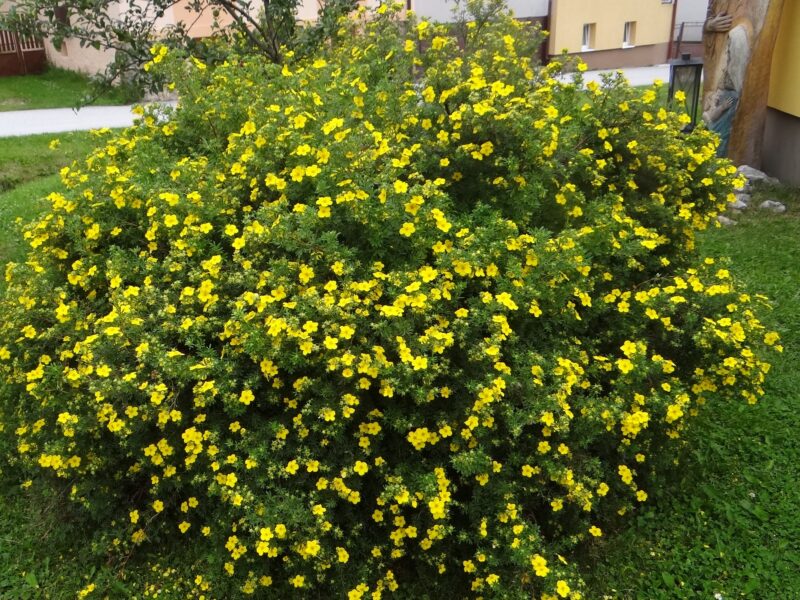
Bush Cinquefoil, or Potentilla fruticosa, is a perennial shrub that brings a cheerful burst of yellow to garden settings from late spring to fall. This hardy shrub grows between 1 to 3 feet tall and is best known for its compact form and prolific yellow flowers, which resemble small buttercups.
Bush Cinquefoil is adaptable to different soil types and can thrive in full sun to partial shade. It’s particularly popular for use in rock gardens, along borders, or in mass plantings due to its compact nature. The shrub’s foliage consists of small, palm-shaped leaves that provide a lovely green backdrop to the bright blossoms.
In addition to its ornamental appeal, Bush Cinquefoil is low-maintenance, requiring little more than occasional pruning to maintain its shape. Its long flowering period and resilience make it a valuable addition to gardens, allowing homeowners to enjoy golden blooms from late spring to frost.
Golden Camellia (Camellia nitidissima)

The Golden Camellia, or Camellia nitidissima, showcases rare, yellow blooms that stand out in a world often dominated by traditional pinks and whites in the Camellia family. This enchanting shrub typically grows 4 to 6 feet in height and usually prefers partial shade, making it a lovely addition to wooded or shaded areas of the garden.
One of the most delightful features of the Golden Camellia is not only its flowers but also its glossy, dark green leaves, which provide excellent year-round interest. The blooming season occurs in early spring and may extend into summer, depending on local growing conditions. With its elegant, upward-facing flowers, the Golden Camellia is a perfect focal point for enthusiasts looking to bring something different to their landscape.
Aside from its decorative qualities, Golden Camellia is often sought after for its value in garden design. This unique shrub pairs beautifully with other flowering plants, allowing for diverse color palettes and textures throughout your garden.


